Visit Date March 2022:
Today's walk took me on a journey alongside the river Afon Twrch up to the disused lime kilns at Cwmllynfell.
The area is above Swansea and on the southwest border of the Brecon Beacons National Park.
South Wales covers seams of limestone and as lime is a highly useful product in a diverse range of industries such as iron smelting, land improving and building, it is not surprising that the lime industry did well here.
There are several old ruins of lime kilns in the area and what is now left at Cwmllynfell is only part of what would have been quite a large site for the area.
The lime kilns themselves would have been part of larger works where perhaps coal was mined along with the limestone which would have been quarried close by.
Archaeologists have studied the site and come to the conclusion that there were once three chimneys on the site. One alongside this remaining chimney and one on the hill above.
The second theory is that they were used as air ventilation shafts used in the associated coal mines.
The site is now much smaller and only a few ruins remain.
The remaining chimney is the most impressive part of the works and can be seen in the distance as you walk up to the site.
There are some smaller buildings further up the slope on what was called the John Hays incline that would have gone up the third chimney. These are now almost gone.
Interestingly I saw this small tree growing from the side of this wall. Seems like it has just emerged from the wall?
Footer:
Visit Information:-
Google Reference
51.80871833544981, -3.796753579869776
Google Reference
51.80871833544981, -3.796753579869776
What Three Words reference:-
///trespass.digitally.rust
Additional information
Visiting the site is quite easy with good footpaths.
Visiting the site is quite easy with good footpaths.
You can park the car in the village alongside a park
(51.79688942023502, -3.8104205095605574)
You then leave the park and turn right down the road. Google maps will direct you to take a path on the left-hand side up the hill however a better way is to continue on down the hill and across the bridge.
Immediately after the bridge take the footpath to the left and follow this to the site. The walking is quite easy and around 1 mile.
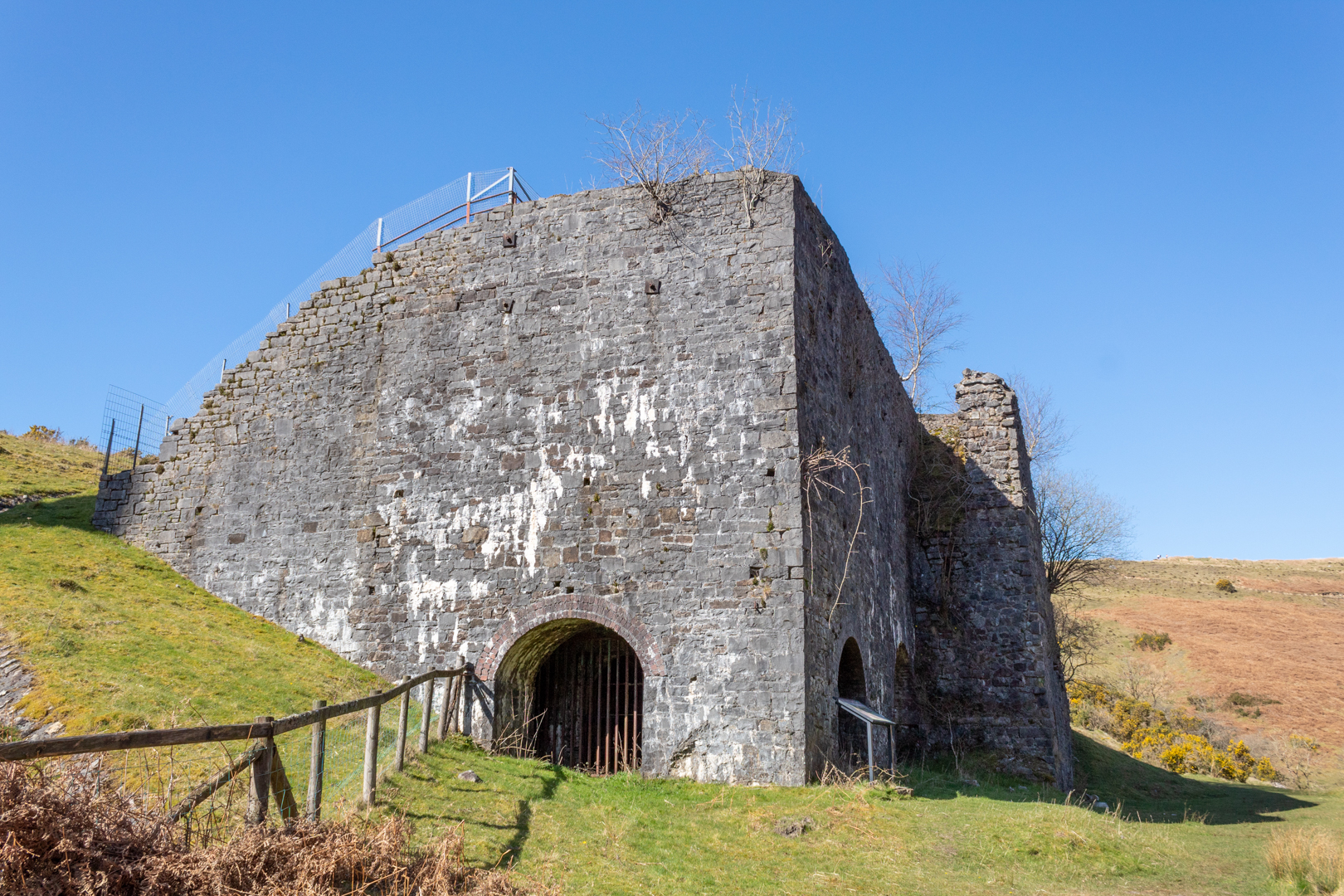
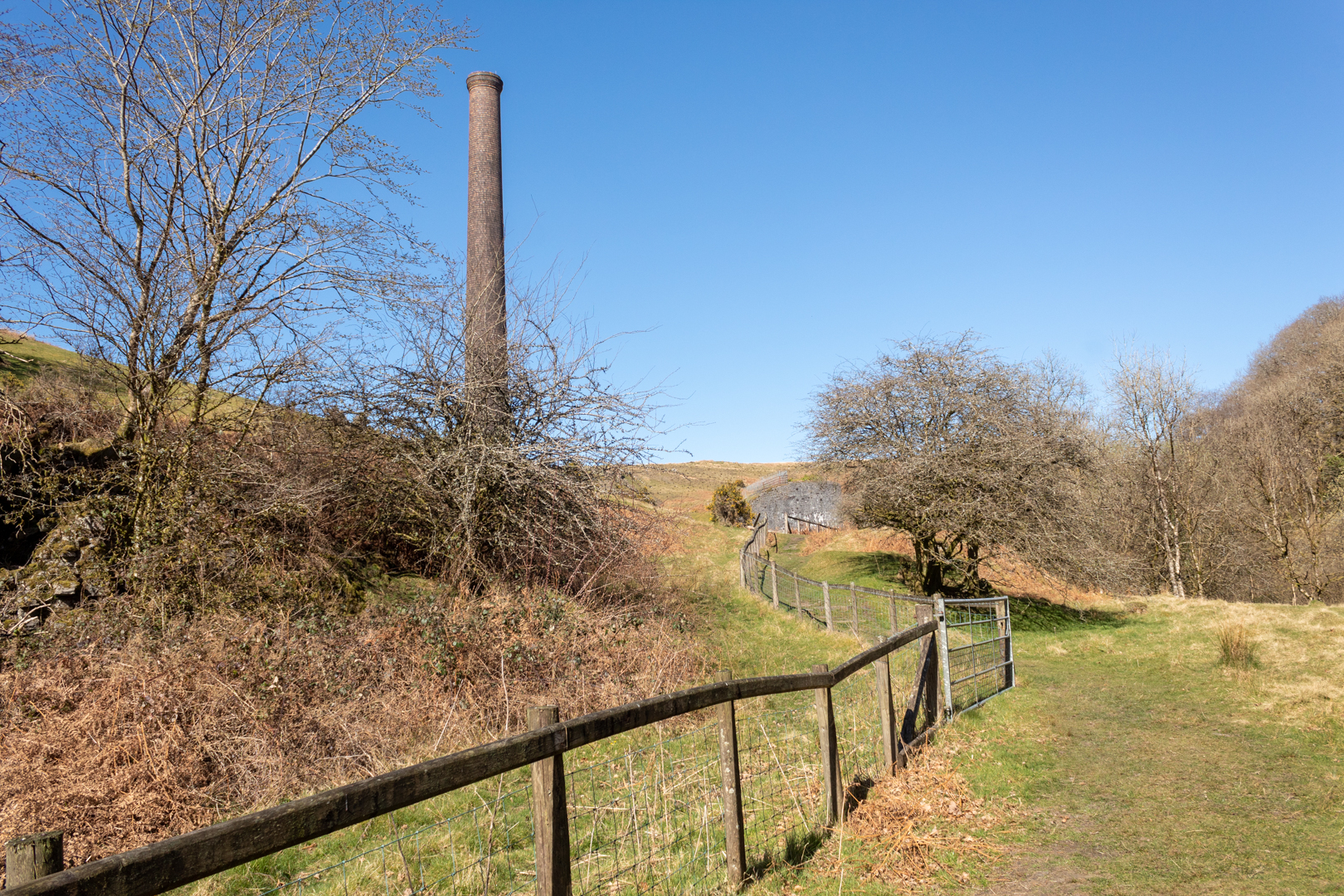



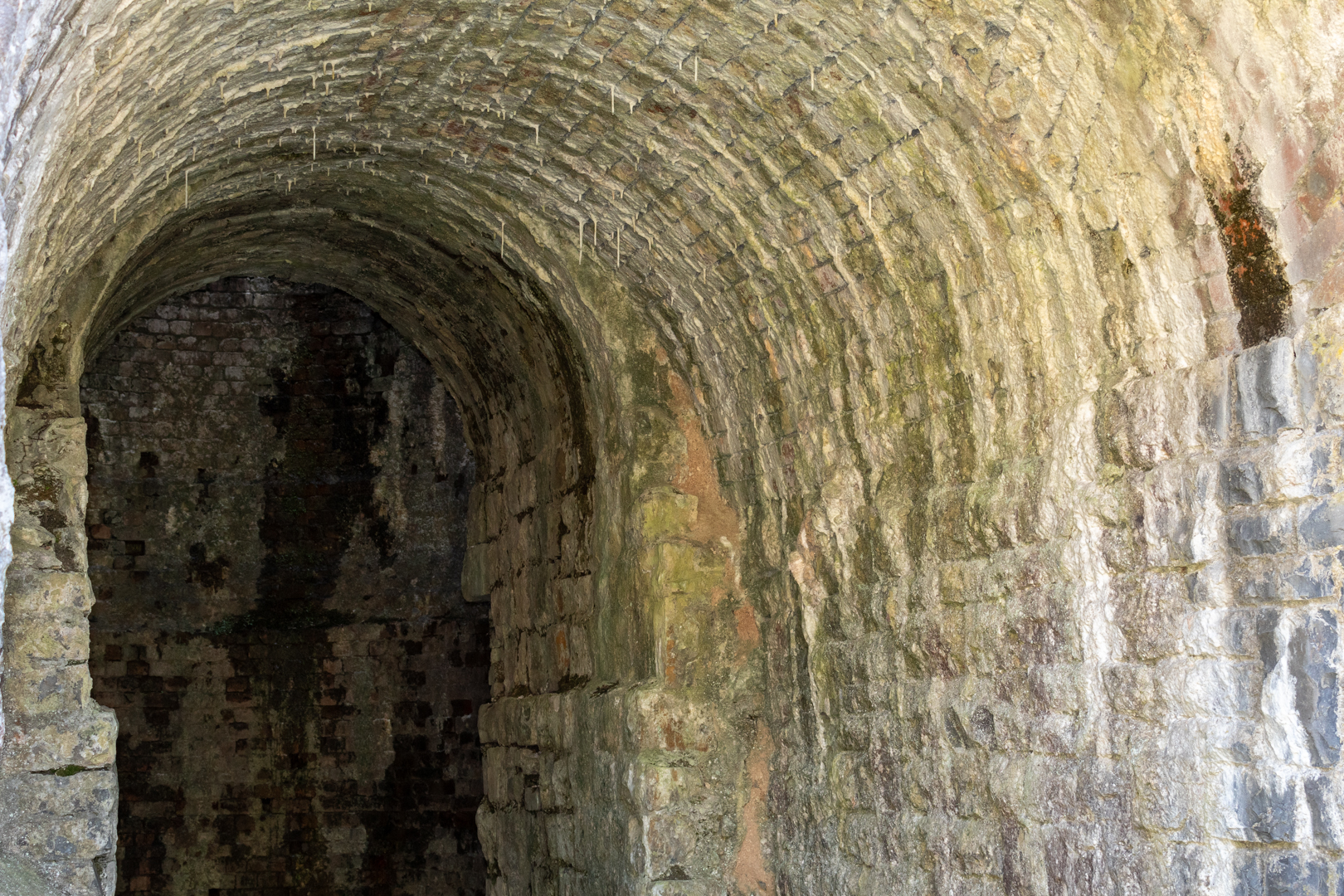

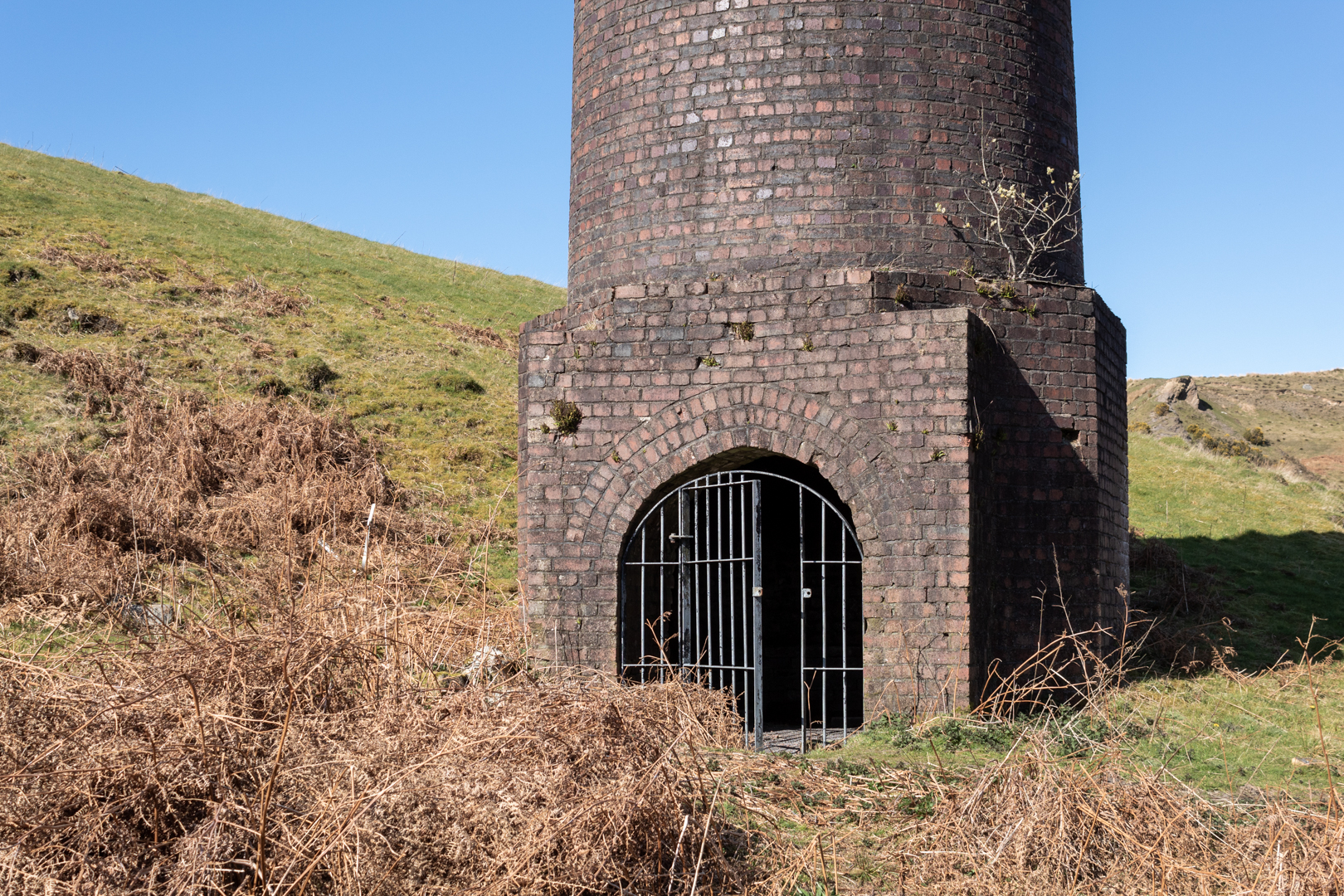
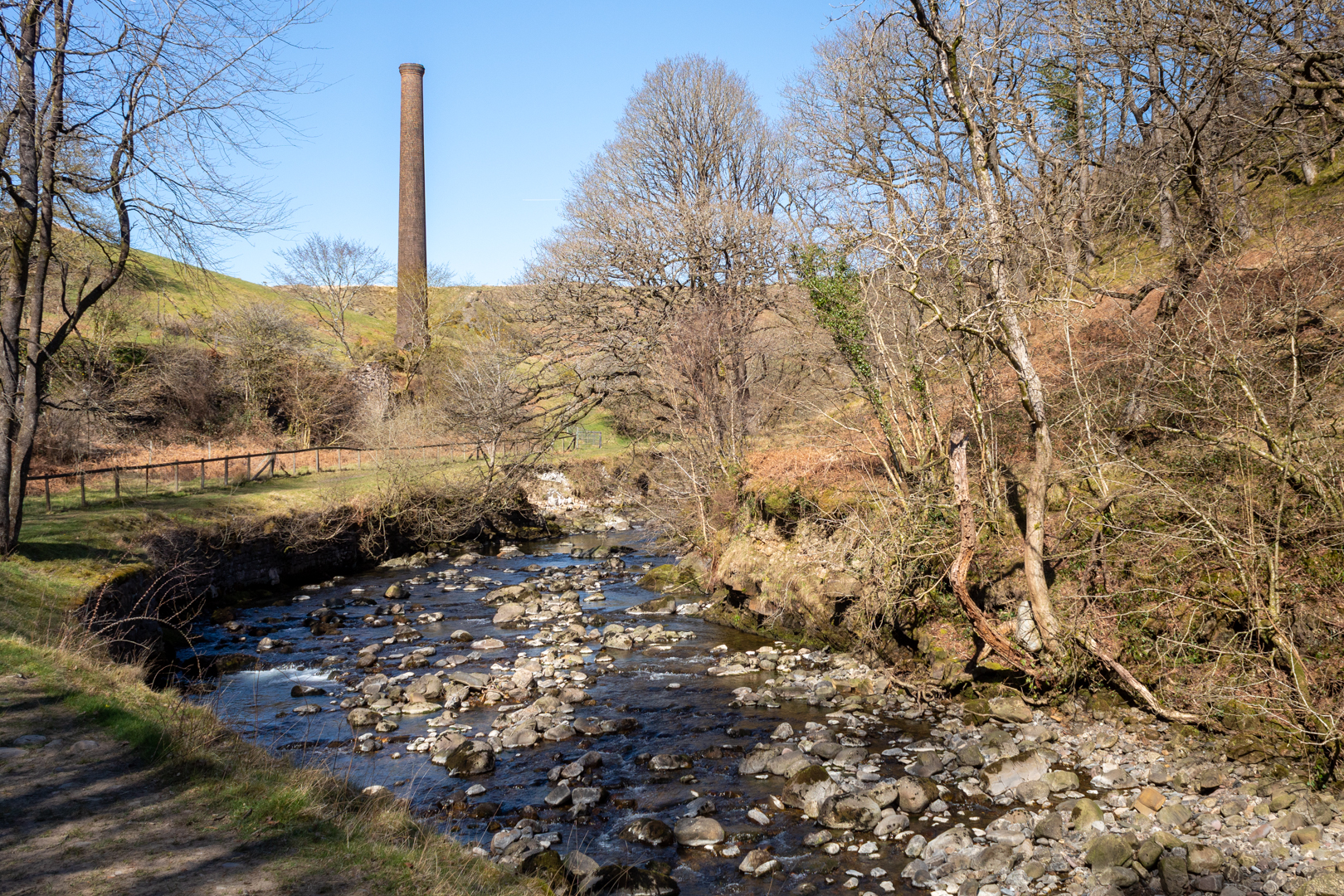


Thanks for this post. Really interesting, as it is very different in design and construction to the ones dotting the coast around here. The local ones here are much cruder and more home made in design. This one looks highly professional. Apparently the coal to fire the ones down here was brought by barge from South Wales and up the estuaries. There are three double kilns just in the creek here, two ruined and one restored. The info here says they grew up during the Napoleonic wars in a plan to increase food production.
ReplyDelete